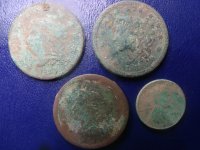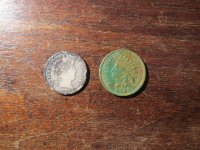somehiker
Silver Member
- May 1, 2007
- 4,365
- 6,426
- Primary Interest:
- All Treasure Hunting
The gold calf sounds out of place for a catholic mission, doesn't it ?
Few are apparently aware of this factoid, but Fr. Claude Sicard SJ was the discoverer of the Valley of Kings in Egypt.
The Jesuits seemed to have a great interest in older civilizations and their treasures. No wonder, if they happened to find it profitable to locate and dig up old tombs....for the good of the Order of course. Later on, when so many of these tombs were re-opened by later 19th and 20th century expeditions, most were found to be completely emptied. Should make us wonder how much them Jesuits hauled away, if they .... like Howard Carter , got there first.
Last edited:


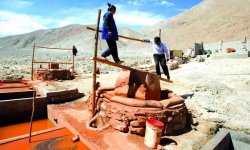
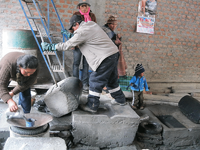

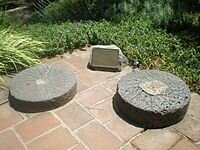



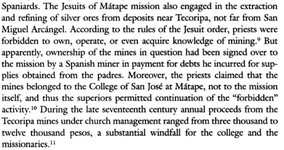
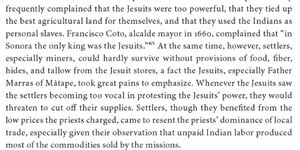

 I was merely pointing out the treasure we seek would have come from a Jesuit mine, and how to identify same.
I was merely pointing out the treasure we seek would have come from a Jesuit mine, and how to identify same.
